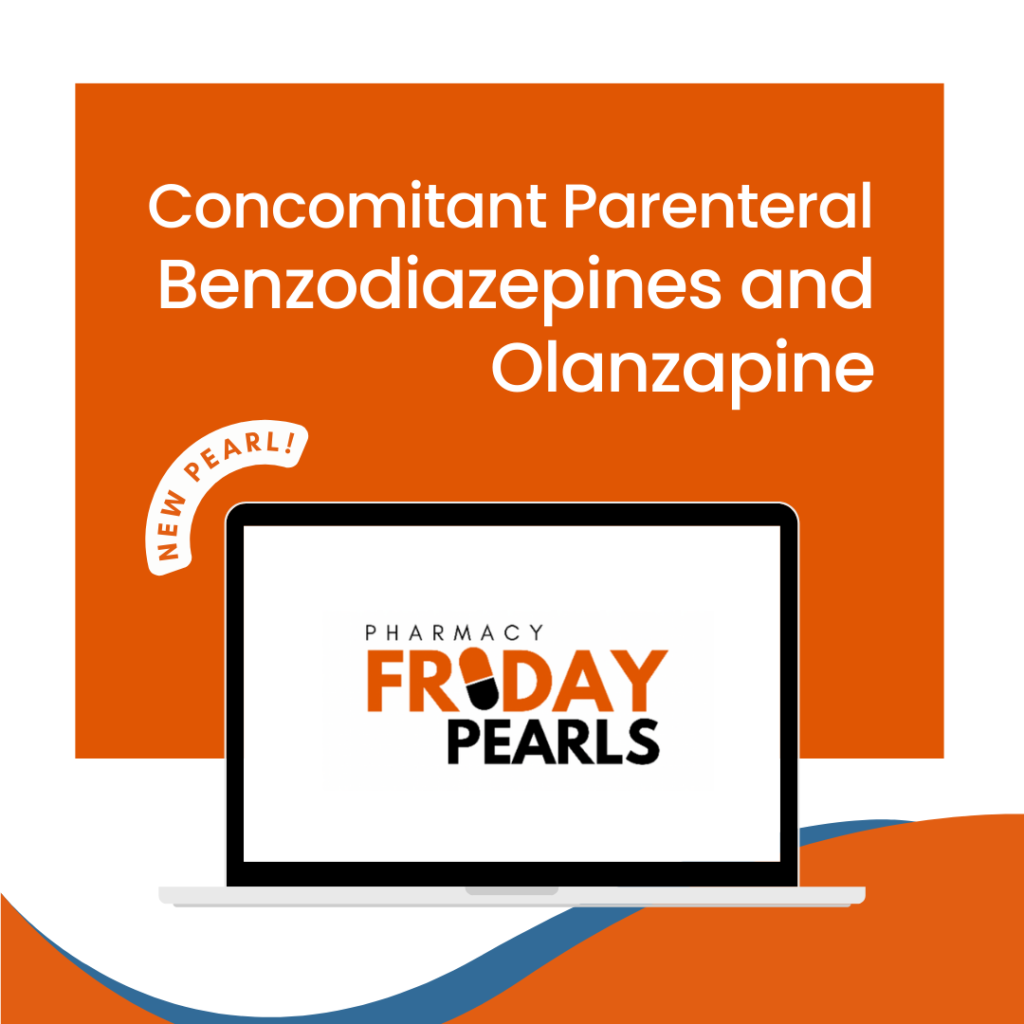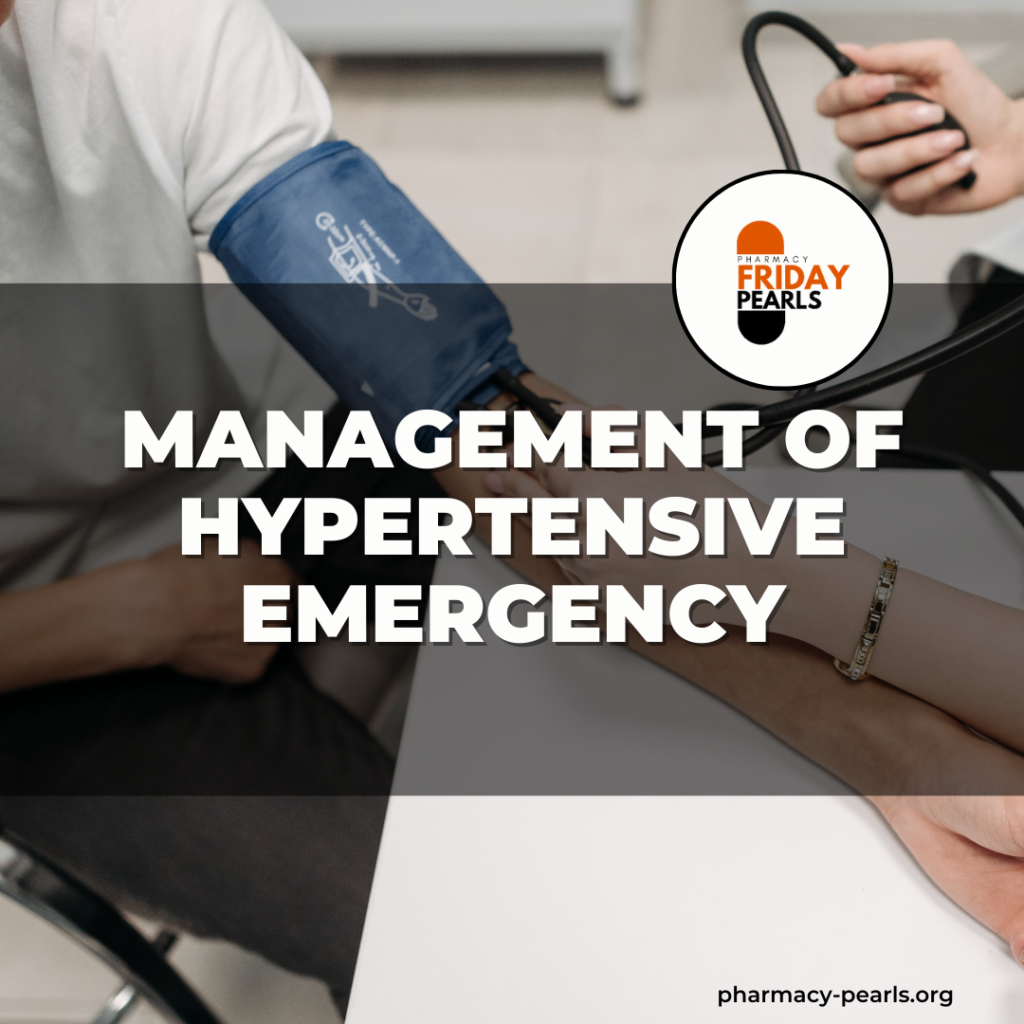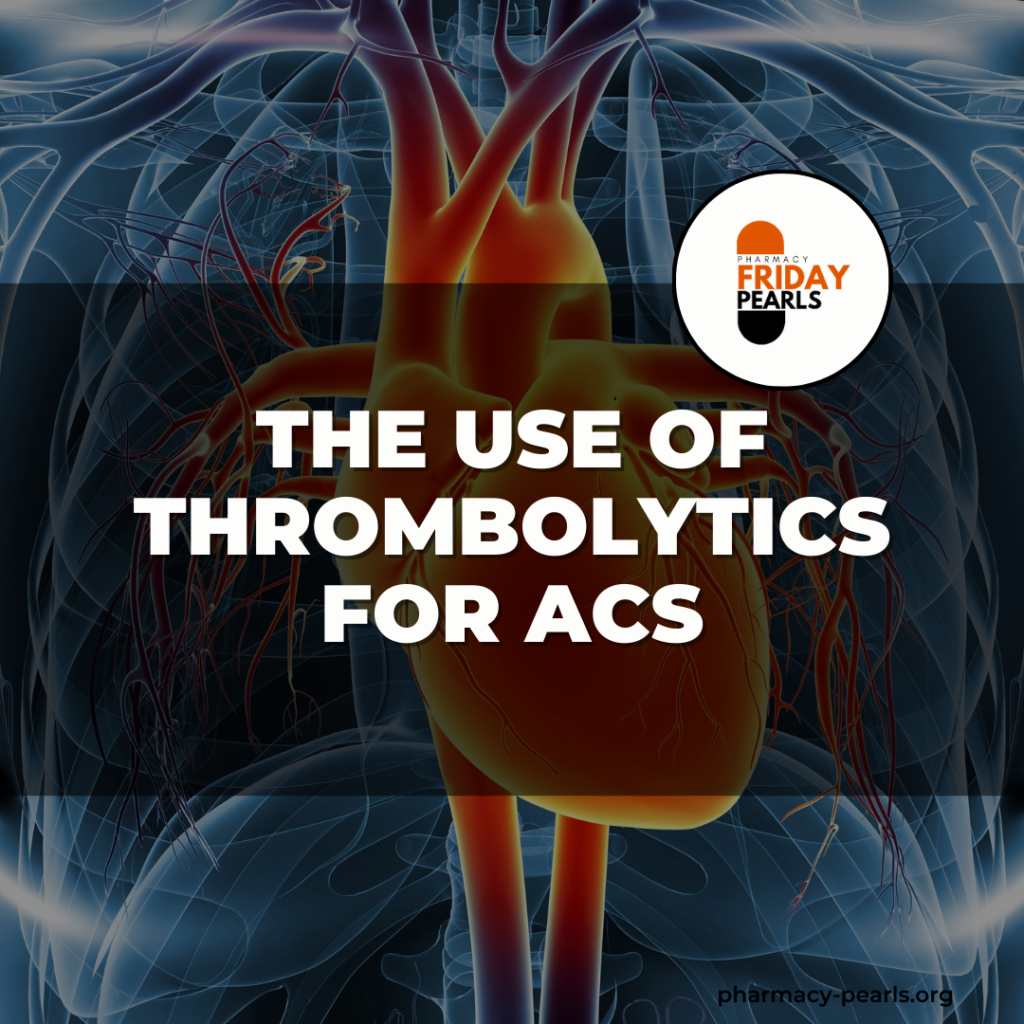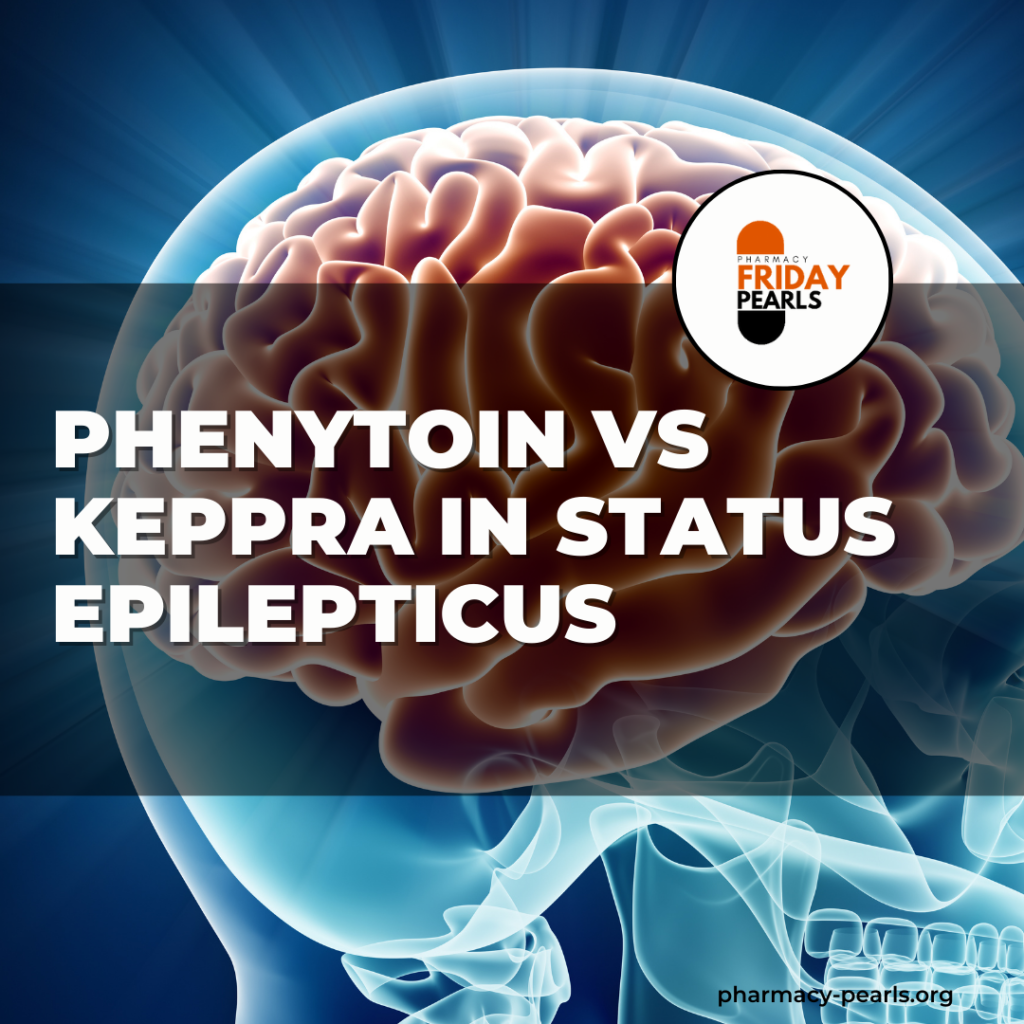Concomitant Parenteral Benzodiazepines and Olanzapine

Introduction
- Intramuscular olanzapine and parenteral benzodiazepines are commonly used agents in the ED for acute agitation.
- An FDA warning states that potentially fatal respiratory depression can occur when olanzapine and parenteral benzodiazepines are administered concomitantly stating “concomitant administration of intramuscular olanzapine and parenteral benzodiazepine has not been studied and is therefore not recommended.”
- This warning initially stemmed from post-marketing adverse event monitoring data, but the clinical significance of this warning is questionable
Pharmacology
| Olanzapine | Lorazepam | Midazolam | |
| Dose | 5-10 mg w/ maximum of 30 mg/day | 1-4 mg PRN until adequately sedated | 2.5-5mg PRN until adequately sedated |
| Administration | IM: Reconstitute 10 mg vial with 2.1 mL SWFI. Resulting solution is ~5 mg/mL. Use within 1 hour following reconstitution | IM: administer undiluted IV: dilute IV dose prior to use with an equal volume of compatible diluent | IM: administer undiluted IV: can administered undiluted or dilute with compatible diluent |
| PK/PD | Onset: within 15 minutes Duration: at least 2 hours Metabolism: glucuronidation and CYP450 (1A2 and 2D6) Half-life: 30 hours in adults; ~1.5x greater in elderly Excretion: urine (57%) and feces (30%) | Onset: 15-30 minutes Duration: 6-8 hours Metabolism: hepatic Half-life: 13-18 hours Excretion: urine (88%) and feces (7%) | Onset: 15 minutes Duration: 2-6 hours Metabolism: hepatic CYP3A4 Half-life: 2-6 hours Excretion: urine (90%) |
| Adverse Effects | Orthostatic hypotension, dizziness, and drowsiness | Drowsiness and sedated state | Drowsiness and sedated state |
| Drug Interactions and warnings | Patients should remain recumbent if drowsy/dizzy until hypotension, bradycardia, and/or hypoventilation have been ruled out | Have been associated with anterograde amnesia, cardiorespiratory effects, CNS depression, hypotension, and paradoxical reaction. Use with opioid agonists and other CNS depressants should be avoided when possible. | Have been associated with anterograde amnesia, cardiorespiratory effects, CNS depression, hypotension, and paradoxical reaction. Use with opioid agonists and other CNS depressants should be avoided when possible. |
| Compatibility | SWFI | D5W, NS, SWFI | D5W, NS |
Overview of Evidence
| Author, year | Design/ sample size | Intervention & Comparison | Outcome |
| Klein 2018 | Prospective observational study (n=737) | Intramuscular haloperidol 5 mg, ziprasidone 20 mg, olanzapine 10 mg, midazolam 5 mg, and haloperidol 10 mg were administered for treatment of agitation in the ED. | At 15 minutes, participants having received midazolam were most likely to be adequately sedated (71% vs 40-61%).Olanzapine resulted in more participants being adequately sedated compared to haloperidol 5 mg, haloperidol 10 mg, or ziprasidone 20 mg (61% vs 40-52%).Adverse events were uncommon and were not statistically different between groups. |
| Marder 2010 | Overview of Post-Marketing Adverse Event Case Reports (n=160) | 539,000 patients received IM olanzapine in a period of 21 months: -Adverse events: 160 (0.03%) -Serious AEs: 83 (0.01%) -Fatalities: 29 (0.0053%) | Of the fatalities, olanzapine and benzodiazepines were given concomitantly 66% of the time while 76% also received other concomitant antipsychotics.Of the fatalities, 76% of the patients had comorbid conditions or clinically significant risk factors for the AE that occurred.12 cases of death occurred >24 hours up to 12 days following the injections. |
| Wilson 2010 | Retrospective chart review (n=25) | Patients receiving IM olanzapine for agitation in the ED with vital signs documented both before and after (w/in 4 hours) administration | 10/25 (40%) received concomitant olanzapine + benzo.Decreased oxygen saturations were seen in patients who had ingested significant amounts of alcohol (irrespective of benzo use).Of the patients that received olanzapine + benzo, only those with significant alcohol use had decreased oxygen saturations. |
| Chan 2012 | Randomized placebo-controlled trial (n=336) | Agitated adult patients in the ED were randomized to saline, droperidol 5mg, or olanzapine 5mg. All patients then received midazolam 2.5-5mg until adequately sedated | Differences in time to sedation from placebo for droperidol and olanzapine were 4 and 5 mins, respectively.Patients receiving olanzapine or droperidol were 1.6x more likely to achieve adequate sedation.Low rates of AEs were seen and were comparable in all groups (e.g., O2 de-saturation: 7.8% control; 8% droperidol; 4.6% olanzapine. |
| Williams 2018 | Medication use evaluation (n=91) | Patients receiving IM olanzapine and IM lorazepam within a 24-hour period | Concomitant administration within 60 mins occurred in 41 patients.No instances of hypotension, bradycardia, bradypnea, or oxygen desaturation occurred following administration. |
Conclusions
1. The concomitant administration of IM olanzapine and IM/IV benzodiazepines is likely not as clinically risky as was initially thought.
2. Careful consideration should be used when recommending agents for the management of acute agitation to ensure the agent and dose is appropriate. Additionally, patient-specific factors, particularly the use/presence of additional CNS depressants (e.g., alcohol) should be considered.
References
- Olanzapine. Lexicomp [online database]. Hudson, OH. Woltes Kluwer Clinical Drug Information, Inc. Accessed 2021, December 20.
- Lorazepam. Lexicomp [online database]. Hudson, OH. Woltes Kluwer Clinical Drug Information, Inc. Accessed 2021, December 20.
- Midazolam. Lexicomp [online database]. Hudson, OH. Woltes Kluwer Clinical Drug Information, Inc. Accessed 2021, December 20.
- Klein LR. Ann Emerg Med. 2018;72(4):374-385. doi:10.1016/j.annemergmed.2018.04.027
- Chan EW, Ann Emerg Med. 2013;61(1):72-81. doi:10.1016/j.annemergmed.2012.07.118
- Marder SR. J Clin Psychiatry. 2010;71(4):433-441. doi:10.4088/JCP.08m04411gry
- Olanzapine. Package insert. Eli Lilly and Company; 2009
- Williams AM. Ment Health Clin. 2018;8(5):208-213. Published 2018 Aug 30. doi:10.9740/mhc.2018.09.208
- Wilson MP. J Emerg Med. 2012;43(5):889-896. doi:10.1016/j.jemermed.2010.04.012






Responses